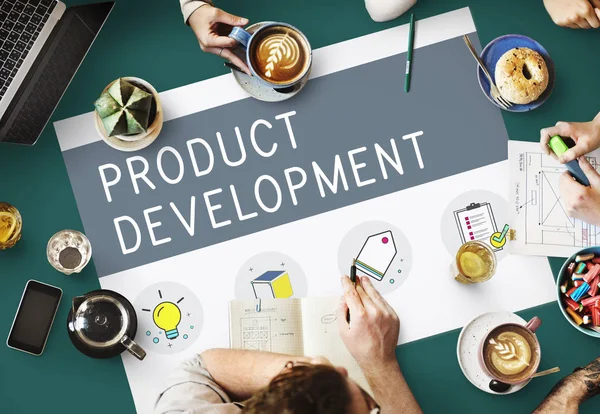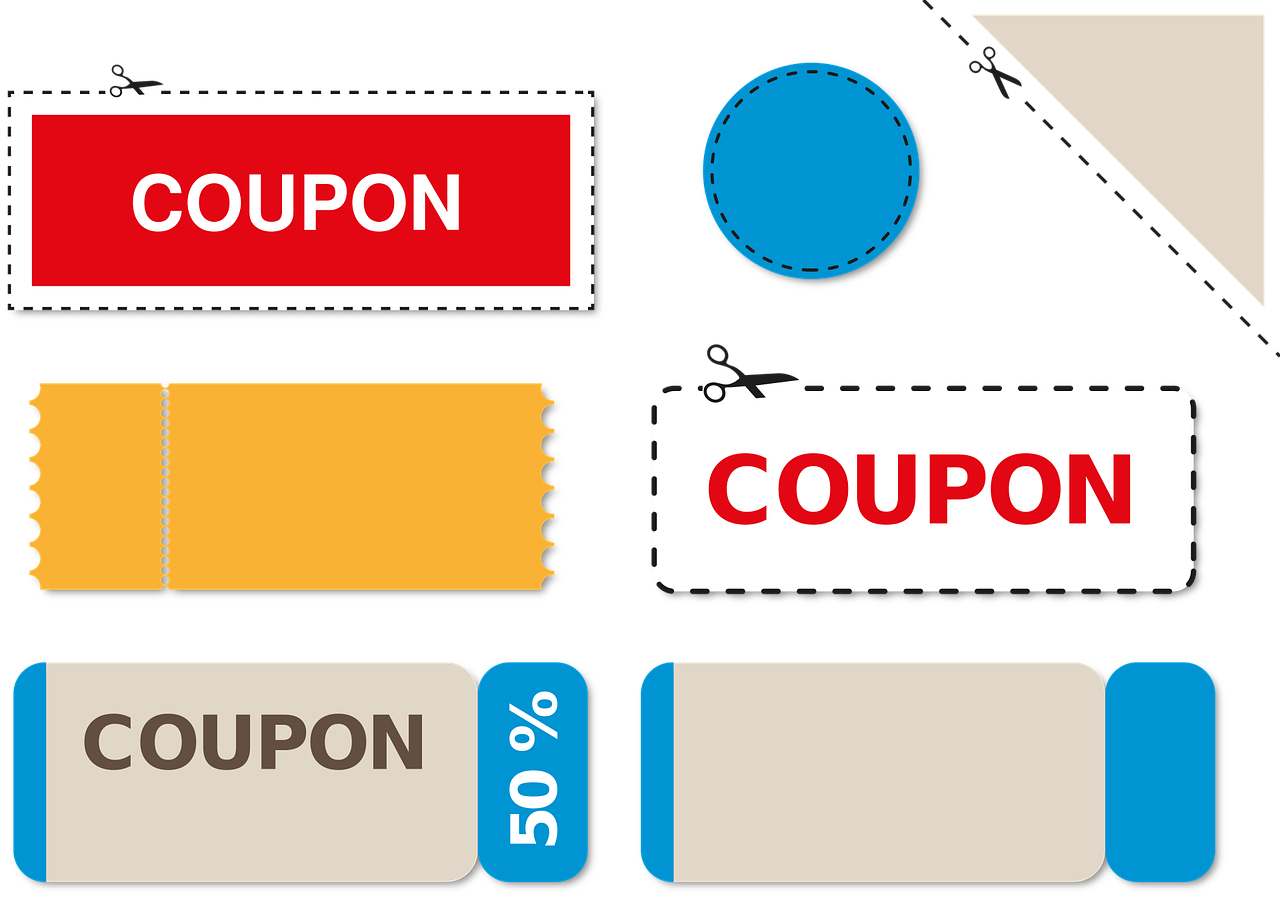Product Development Plan: Know How to Create it?
A product development strategy sets the direction and focus for a new product or steps to modify an existing product. This includes objectives, goals, and funding, marketing, and market penetration strategies.
What Is A Product Development Strategy?
Product development strategy refers to the methods and actions used to bring new products to market or modify existing products to create new business. Product development has many steps, from producing an idea to selling the product to customers. Each step requires a successful strategy and generating income for the business. Here, we will discuss the stages of product development and introduce some common product development strategies.
Why Is A Product Development Strategy Important?

Product development strategies are important because they use market research to develop a successful product-selling plan. Your overall strategy should include the methods and techniques you will use at each stage of product development. This can help you overcome obstacles and focus on the most successful strategy. Planning methods for developing various products allows you to modify your existing products and grow your business.
Steps for a Product Development Strategy:
Although each organization may use slightly different templates, no universal strategy will guarantee the idea’s commercial success. However, there are seven general steps in the product development process. These measures should be implemented by a dedicated development team or through product development partnerships with experienced and specialized consultants. The goal is to systematize the development process from brainstorming to launch. In summary, these important benchmarks allow for collaboration between different departments. Including reviews from multiple stakeholders. These steps of product development include:
1. Idea Generation:
Prioritizing long-term strategic goals and identifying core competencies. Businesses should mobilize new initiatives. Product concept or product features. During this phase, cross-functional collaboration efforts should focus on ideation and iteration. Considering customer needs and business strengths, the product team creates product ideas. Based on input from multiple departments and business leaders. Those ideas are then screened to ensure that only those most aligned with the organization’s goals move forward.
2. Research:
New product ideas are placed within the current market context during this period. The Company may conduct market research related to new features or product lines, ask for feedback from customers, or participate in group discussions. During this process, Businesses should research similar products extensively and fully examine the new product’s competitive advantage over other offerings to predict future market share accurately. All these efforts end in validating the new idea. This helps business leaders determine how the product will perform.
3. Planning:
Once the idea has been validated, the planning phase of the new product development process begins. This likely has to do with collaboration between product design teams. As businesses, project management, sales, and other departments create detailed plans for developing and deploying new products. This may include plans to integrate new ideas into existing products or business structures. This step may involve wire framing and modeling, including materials or server space costing. This depends on the product.
4. Prototype:
Prototypes are an important step in the product development strategy. Companies often create multiple prototypes and significantly change their original plans while assembling a final product model. Sometimes, it may be necessary to create variations. Several have been designed with different properties, materials, or abilities. The end goal should be to create a Minimum Viable Product (MVP). An MVP is the most basic version of a new product without most integrations or features that may be added over time. This becomes an example as raw materials and vendors are procured for mass production in software applications. Testing prototypes with end users can be important to ensure an adequate user experience.
5. Procurement and Production
During this period, the business will collect materials and contract with partners, if any, to create a detailed plan for actual production. It depends on the scope and nature of the product. This can be as simple as hiring additional engineers and as complex as implementing new supply chain processes across the enterprise. This is where product management teams become more important. This is because sourcing may require extensive cooperation between suppliers and across processes in complex global sourcing and manufacturing needs. Businesses may use software or databases created specifically for this task.
6. Costing:
In the last period before the launch, Businesses should calculate the total product cost over a pre-defined product life cycle to determine a new initiative’s retail price and gross margin. Detailed consideration of business, Customer, and product value should guide and simplify the costing process. This is because it facilitates accurate estimation of return on investment.
7. Trade:
After a long design process, it is time to launch the product. Marketing strategies will be developed before launch and during planning to ensure that target customers have access to new products and appropriate distribution channels.
Benefits of Product Development Strategies:
A strong product development strategy can support your business’s ability to turn ideas into profitable products. Then, adjust so that you can still compete in the market. Consider various techniques to get the most out of your product development strategy. How to work in each step and adjust based on your experiences.
Modify Existing Products:
Creating a new version of an existing product with minor changes can incentivize your market to purchase the upgrade. Modifying existing products and focusing on marketing updates will result in customers trying newer product versions. This strategy focuses on determining the features consumers want to be improved and making those changes.
Increase Product Value:
Many companies attract customers by adding additional value to their product purchases. You can add value by combining products in larger quantities. Added customer support or offered premium features. New customers may be attracted to your product because of additional benefits.
Final Words:
Many products can be sold successfully in many markets. One product development strategy is to consider marketing existing products to other markets or demographics. This may include targeting businesses instead of individual consumers. Marketing to different age groups or expanding your product range geographically.









